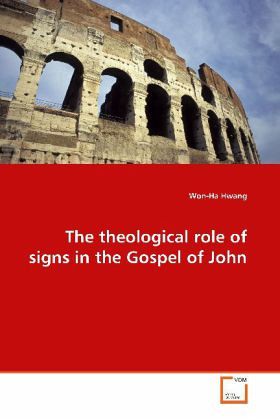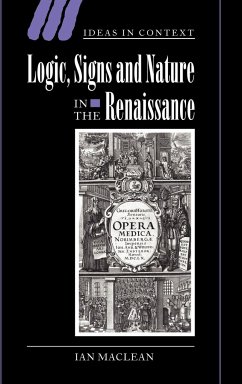
The theological role of signs in the Gospel of John
Versandkostenfrei!
Versandfertig in 6-10 Tagen
52,99 €
inkl. MwSt.

PAYBACK Punkte
26 °P sammeln!
The author of the Gospel of John recorded the seven miracle accounts in his book and named them distinctively as sign(semeion), while in the Synoptics the miracles are usually called mighty deed(dynamis). This particular term signifies that the miracles of Jesus in this Gospel are significant occasions which carry associative theological messages. Thus Johannine research has always had a great deal of interest in this specific field. The important interpretative point to note is that the individual sign does not exist on its own but reciprocates the influence to the associated discourses on th...
The author of the Gospel of John recorded the seven
miracle accounts in his book and named them
distinctively as sign(semeion), while in the
Synoptics the miracles are usually called mighty deed
(dynamis). This particular term signifies that the
miracles of Jesus in this Gospel are significant
occasions which carry associative theological
messages. Thus Johannine research has always had a
great deal of interest in this specific field. The
important interpretative point to note is that the
individual sign does not exist on its own but
reciprocates the influence to the associated
discourses on the revelatory mentions of Jesus
and/or operates together with other signs in the
specific features of its macro context. Thus the
delivery of the message is maximized. As a result of
the comprehensive analysis of the whole signs, it is
clear that the author of this Gospel elaborately
arranges seven signs, and thus draws his theological
messages most efficiently. The main concern of signs
in this Gospel is to expose the Christological
portraits of Jesus and some related theological
themes.
miracle accounts in his book and named them
distinctively as sign(semeion), while in the
Synoptics the miracles are usually called mighty deed
(dynamis). This particular term signifies that the
miracles of Jesus in this Gospel are significant
occasions which carry associative theological
messages. Thus Johannine research has always had a
great deal of interest in this specific field. The
important interpretative point to note is that the
individual sign does not exist on its own but
reciprocates the influence to the associated
discourses on the revelatory mentions of Jesus
and/or operates together with other signs in the
specific features of its macro context. Thus the
delivery of the message is maximized. As a result of
the comprehensive analysis of the whole signs, it is
clear that the author of this Gospel elaborately
arranges seven signs, and thus draws his theological
messages most efficiently. The main concern of signs
in this Gospel is to expose the Christological
portraits of Jesus and some related theological
themes.












